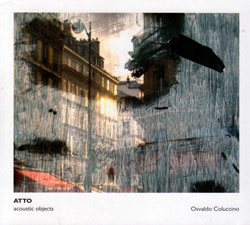
Osvaldo Coluccino's "Atto" uses various acoustic objects but no musical instruments or electronic manipulation, here in 5 pieces recorded near Milan, Italy in 2011.
Out of Stock
Quantity in Basket: None
Log In to use our Wish List
Shipping Weight: 3.00 units
Sample The Album:
Osvaldo Coluccino-acoustic objects
Click an artist name above to see in-stock items for that artist.
Label: Another Timbre
Catalog ID: at50
Squidco Product Code: 15698
Format: CD
Condition: New
Released: 2011
Country: UK
Packaging: Cardstock gatefold foldover
Recorded by Osvaldo Coluccino near Milan, Italy from February to May 2011.
"In this day and age, CDs constructed using bits of recordings of acoustic objects are ten a penny. Apart from how well it is done, what makes Atto so interesting is that its creator Osvaldo Coluccino is better known as the composer of more traditional instrumental and electroacoustic works, with past releases appearing on heavyweight contemporary music labels such as Col Legno and Neos. For this release, in an attempt to challenge himself by breaking away from the clichés of the music he usually creates, Coluccino decided to work only with acoustic objects not normally related to music making, using them in such a way that their identity could not be figured out, thus attempting to return to a simple essence of sound apart from the cultural and historical baggage attached to his usual working methods.
If giant leaps were made by Coluccino personally, the end results here are less original in their form, but even so, you can hear the acute painterly ear he has applied to the arrangements on Atto. The sounds used are mostly quite small; little squeaks, crashes and scrapes, some crunchily brittle, others colourfully tonal, and all recorded in a large resonant space but then distributed and sequenced with great care and a consistently sharp consideration of structure. Coluccino doesn't just stack sounds up; nor does he ever let the music slide into any kind of drone. Instead he gives every sound the space to stand up for itself alongside its companions and allows them to build an often quite dramatic narrative that forms finely balanced compositions.
In an interview on the label's website, Coluccino states that Atto will not just be a passing diversion away from his usual work, and that he plans more composition in the same vein. This can only be good news, as he brings a sense of compositional integrity that is quite hard to find in a growing field."-Richard Pinnell, The Wire
Interview with Osvaldo Coluccino
To compose an acoustic music that explicitly refuses to use musical instruments is a strange decision for a composer in the classical tradition. Where did the idea for Atto come from, and why did you want to explore non-musical sound sources?
This refusal is an attempt to go to the heart of the matter, to look for the essence, stripping away clichés - even when they are honest clichés - to expose the centrality of creation (of the 'act' itself), and to emphasize its autonomy. In my case at least, this doesn't come from a conceptual propensity, but from a concern with sensation: every formal micro-detail of the music is part of a sensitive expressive will that attempts to permeate the receptive apparatus, and to induce deep emotions, even at an unconscious level.
My path as a composer has always been characterised by two different methods:
(1) traditional music production (which starts as composition by an individual, who is of course isolated, but who then delegates the realisation of his intent to the interpreters).
(2) the work of a loner, a creator-performer, who conducts research in sound, whether using electronic or electroacoustic or fully acoustic sounds. Since the early 80's I have also begun to follow this second path, as one who isolates himself fully (I'd say becoming more like a magician with his rituals than a musician).
In the case of Atto, the situation is even more specialised, because the acoustic sounds that occur are neither the result of musical instruments, nor recognisable sounds that can be associated with a particular object (as happens in Musique Concrète and with field recordings). I wanted to escape completely from the limitations imposed by the cages of our cultural habits, and to look for independence from existing methods. For me the situation is, both as a composer and a listener, a vivid, natural and necessary situation; it is the bread of our time and yet classical at the same time, not just a provocative gimmick to attract attention.
I can add about the origin of the idea, that the title - 'Atto' (act) - is emblematic. Philosophically speaking, through the act we renounce virtuality and bring something into being. So in the music I try to capture abstract or invisible or parallel elements, and then make them concrete. 'Atto' is an austere but charming word which - like the English word 'act' - has many meanings, all of which are valid. Among other personal meanings: 'act' as an intervention (of art) on things in order to develop a 'new side', therefore an act that generates new things rather than mimicking existing things; or think of the phrase "a tragedy in 5 acts", this work consists of 5 tracks; the prefix in the Italian word - 'AT' - is a tribute to this rigorous label.
I'm interested in the emphasis you put on being a 'loner' musically. What attracts you to this hermit-like existence, and would it not be possible to create similar 'acts' in collaboration with other musicians?
It's the only way in which I can have total control of my 'vision'. Moreover, I confess, I need to be alone to produce certain objects, just like the painter or poet who knows that his vision will not be mediated by others. I need to enter into the silence, into the darkness of existence, so, theoretically, I also need to get rid of myself. I am already too much.
But when using the other, traditional method of composition, in fact I've worked with hundreds of musicians, from when I was 13 years old until now, when I'm almost fifty. Though even there, fundamentally, I'm using the hermit's way.
Could you describe the process behind Atto in a bit more detail? Were you, for instance, simply recording the sounds of everyday objects you came across, or did you actively 'play' various objects by striking, rubbing or scraping them? And were you thinking of the structure of the pieces before you found the sounds, or did the sounds themselves suggest the musical structure of each piece?
On a practical level, it was as you say: I struck or rubbed the objects, I breathed onto them etc. I never left them in peace in their (false) status of amorphous objects, or with their forced function, or with a univocal voice. I provoked them so that the 'new side', which I wrote about above, springs out from them and resounds. It doesn't matter what category of object it is; what matters is the aesthetic outcome of its 'singing'. Ethic-Aesthetic. Those sounds will then "suggest the structure of" a space, which is a fact of great importance for me.
I said above: "I try to capture...", indeed I can actually say the opposite: "These elements try to capture me", by using me as a sounding board. In fact one of my greatest satisfactions is when, after long and exhausting work, I can say: "Here is something I don't know, even if it feels familiar. I don't know how to make it. It doesn't belong to me." However, beyond personal perceptions, the reality is somewhere in the middle: in all my compositions - for example a piece for ensemble, or choir, or a performance of our type, etc. - almost everything is playing inside me in advance of the realisation. Fortunately there is this 'almost' that saves the operation: it's wonderful when the composition under construction flows in its own freedom, and in unexpected ways compared to the original plan, and when it mixes itself with those plans in a fascinating way. Obviously in my case it's not improvisation, but there is a splitting of the senses; it is sometimes vertigo, sometimes a temporary overflow across formal boundaries. It is precisely to let myself be invaded (captured) by instances from those external elements.
It's interesting that the way you talk about music and composition is far more romantic than with most musicians I talk to. And in fact part of what I like about Atto is that it somehow creates a kind of lyricism out of the most mundane, everyday materials that you use. Do you think this is a fair description?
Perhaps because for me music, to begin with, is a strongly inner experience, with visceral ears, ears that can hear perfumes... My experience with art is totalising. We know that a lot depends on the ability to listen, and also on the diversification of these listenings, insights and discernments, so I think that you're right: my testimony probably is passionate. I don't know, maybe because I was also a poet for many years, and so it's all-encompassing, totalising; this is a journey that I have completed, finished.
Could you tell us a little about your background? I understand that you were better known as a poet originally, so how and when did you first start composing?
Lately, when someone asks me for a biographical note, I make it shorter and shorter: 9 or 10 lines of selected events (a bare list), from among the most recent events. It's like saying: if others really need to know about me, those 10 lines are enough. I would like that intangible elements such as ignitions, commitments, feelings of being abandoned, ideals etc arrive to them, intangible elements that follow a certain path, rather than the story of a man, my story.
However, I can say that I started as a musician, studying classical guitar when I was twelve, then musical composition (classical music and rock) and then writing poems immediately after. Already in 1979 and 1980, when I was sixteen, I performed in concert halls in Northern Italy. Artistic creation has always been a need for me since childhood, and I have put it into practice. When I wrote poetry, I could not write music, and vice versa. Speaking just about music: in me the musician and the composer are two separate entities, two different parts of the brain that occasionally wink at one another.
But returning one moment to the story, I could get passionate about the life stories of other artists, the classics: how can I not be moved by them, by the misunderstanding and mistreatment that they suffered, the stories of Cézanne, Rimbaud, Schubert, Lautréamont...? But I also enjoy reading, for example, Francis Bacon when he says that he was a domestic worker-cook, a stenographer etc, thereby disappointing those who expected ostentatious qualifications instead.
But a great part of my background has been occupied with Beethoven, Schubert, Webern, Nono.
Your mentioning Nono doesn't surprise me: although I don't feel that there's any similarity in the soundworlds of Atto and Nono's music, I feel that there is a connection at some level. His music too is very passionately felt. How do you think his music has affected yours?
I like the formal aspects of his music, the revolutionary centrality he gave to the sound, the culmination of his last period, and more. With regard to my case - without wanting to make comparisons - you could listen to some of my works for traditional instruments. By chance at almost the same time as Atto, two other discs of my music have just been released - String Quartets (on Neos) and Stanze (piano works, on Col legno).
About the artists I love, I sense an innate expressive power, which makes their work 'resonate' in a special way: this is the basic connection that I see between my favourite artists.
Do you think Atto opens a new direction in your work - a third thread in addition to your electronic compositions and your pieces for conventional instruments? Or is it a one-off experiment?
Ten years ago at the Chamber of Labour of Milan a short electroacoustic piece of mine was performed, the sources of which were all acoustic, that is, the results of performances with conventional objects, which were then edited, electronically processed and mixed. Before and after that date, the sound on my other electroacoustic compositions has sometimes also come from acoustic sounds that I produced.
So my experience with Atto is not a whim of the moment but a true passion, or, rather, an artistic necessity. Though it's true that Atto was the first time that I have dealt with material that was entirely acoustic. I intend to produce other similar works (a few, you'll be able to count them on the fingers of one hand; I'll never be a redundant author), and in fact I'm already planning to start work on another piece for acoustic objects in the coming months.
You spoke earlier about the sounds in your work 'suggesting the structure of a space'. What did you mean by this?
A few years ago, a philosopher who had been listening to a long composition of mine, asked me: "What is music for you?" Nobody before had asked me a question that was so dry or 'cheeky'. In an equally sharp and dry way I answered: for me, music is a place.
Artist Biographies
• Show Bio for Osvaldo Coluccino "Osvaldo Coluccino (1963) is a composer and poet. He composed vocal, instrumental and electroacoustic music. His compositions have been commissioned by various festivals (Teatro La Fenice di Venezia, Muziekcentrum De Bijloke Gent, Transit Festival Leuven, Venice Biennale, RAI National Symphony Orchestra, Conservatoire Royal de Bruxelles, Milano Musica (Teatro alla Scala), Angelica Festival with Orchestra del Teatro Comunale di Bologna, Compagnia per la Musica in Roma, Orchestra della Toscana in Firenze...), and have been performed in several prestigious locations around the world (Festival de Royaumont, in co-production with IRCAM-Centre Pompidou, Paris, Guildhall School Of Music & Drama, London...) and in special spaces of art and history (Egyptian Museum in Turin, Museo del Novecento in Milan, Manifesta the European Biennial of Contemporary Art, Castle of Rivoli International Museum of Contemporary Art, Ateneo Veneto Scuola Grande di San Fantin in Venezia...). His discs have been released by the major labels for contemporary classical music (Kairos, Neos, Col legno, Die Schachtel, Another Timbre...). His works have been performed by renowned ensembles (Ensemble Recherche, Exaudi Vocal Ensemble, Nieuw Ensemble...), orchestras, conductors and soloists (Roberto Fabbriciani, Jan Michiels, Fabrizio Ottaviucci...). Important music historians and musicologists have written about his music (and reviews on Diapason, 5 diapasons, France, Gramophone, London, Takte Bärenreiter-Magazin, Germany, MusicWeb International, UK, American Record Guide, USA, Classic Voice and Amadeus, 5 stars, Italy...). His music has been broadcasted on national radios (SWR, Radio France, ORF, RAI, BR-Klassik, RTBF, VRT, Concertzender, Radio Slovenija, RTP...). Several scores are published by RAI Trade editions. Discovered in 1990 by one of the leading literary scholars (Légion d'honneur) Stefano Agosti, Osvaldo Coluccino has also carried out an intense activity as a poet between 1987 and 2003, with published books. He also made artist books with Marco Gastini, Franco Guerzoni and Wainer Vaccari and has participated in events or works with internationally renowned artists such as John McCracken, Giulio Paolini and others. " ^ Hide Bio for Osvaldo Coluccino
12/17/2025
Have a better biography or biography source? Please Contact Us so that we can update this biography.
Track Listing:
1. Atto 1 4:54
2. Atto 2 9:04
3. Atto 3 8:57
4. Atto 4 4:42
5. Atto 5 10:59
Improvised Music
Electro-Acoustic
Electro-Acoustic Improv
Free Improvisation
Objects and Home-made Instruments
Instant Rewards
Search for other titles on the label:
Another Timbre.


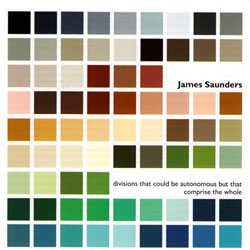
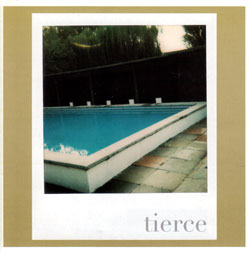
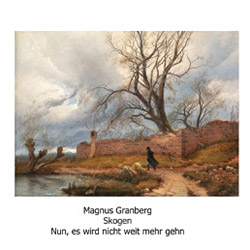
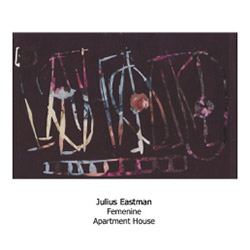
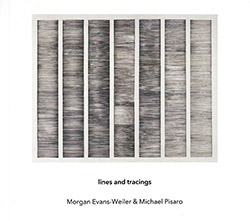
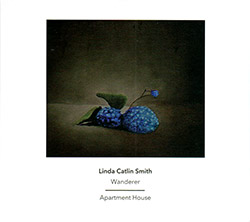
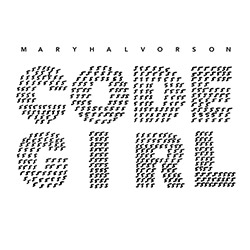
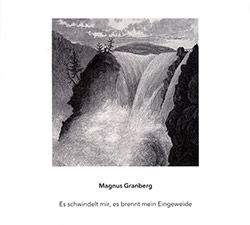
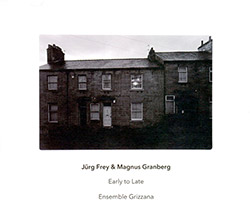
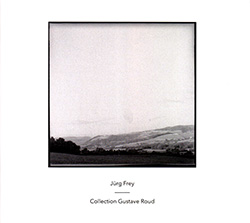
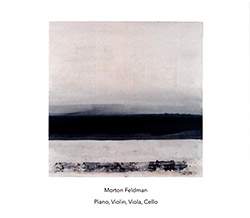
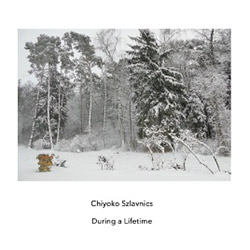
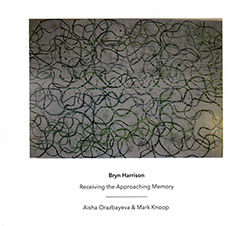
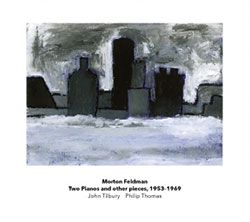
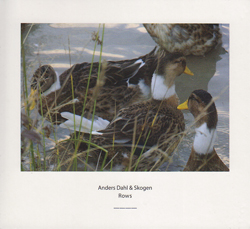
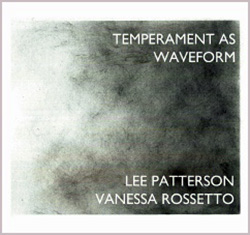
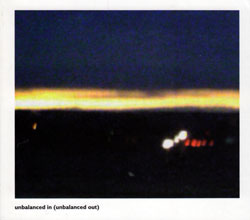
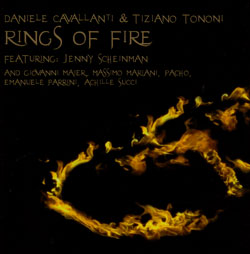
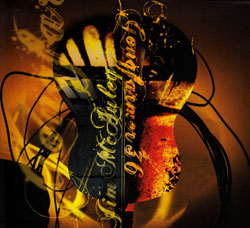
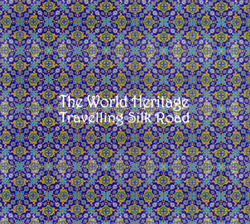
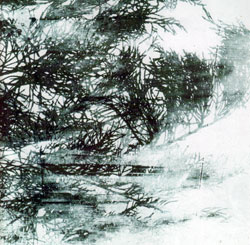
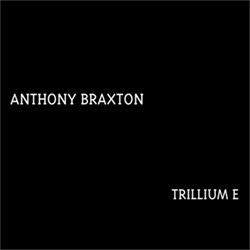
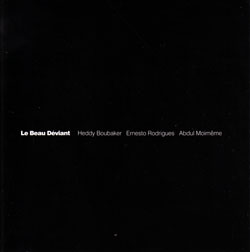
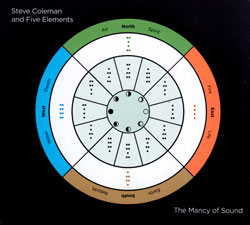
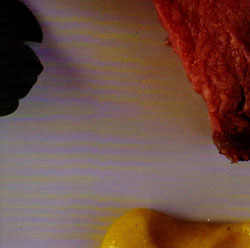
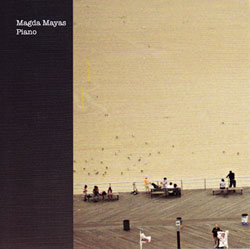

![HobbyHouse (Mia Dyberg / Axel Filip): HobbyHouse [CD + DOWNLOAD]](https://www.teuthida.com/productImages/misc4/36944.jpg)
![Mines, Kelsey / Erin Rogers: Scratching At The Surface [CD + DOWNLOAD]](https://www.teuthida.com/productImages/misc4/36945.jpg)
![Nebbia, Camila (feat/ Marilyn Crispell / Lesley Mok): A Reflection Distorts Over Water [CD + DOWNLOAD]](https://www.teuthida.com/productImages/misc4/36946.jpg)
![Vanheerentals, Adia: Taking Place [CD + DOWNLOAD]](https://www.teuthida.com/productImages/misc4/36947.jpg)
![Mines, Kelsey / Vinny Golia: Collusion and Collaboration [CD + DOWNLOAD]](https://www.teuthida.com/productImages/misc4/36948.jpg)
![Parkins, Zeena: Lament For The Maker [CD + DOWNLOAD]](https://www.teuthida.com/productImages/misc4/36949.jpg)
![Evans, Peter / Mike Pride : A Window, Basically [CD + DOWNLOAD]](https://www.teuthida.com/productImages/misc4/36950.jpg)
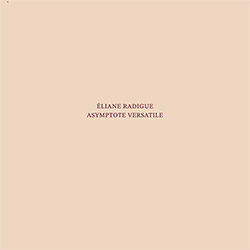
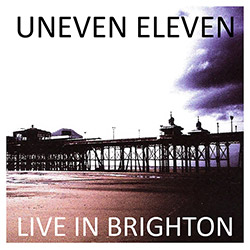
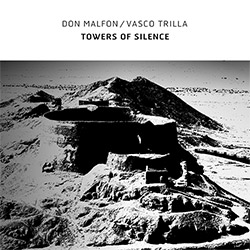
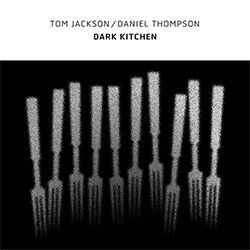
![Frey, Jurg : Composer, Alone [3 CDs]](https://www.teuthida.com/productImages/misc4/36927.jpg)
![Belorukov, Ilia / Alex Riva: Wrestling For Futility [CASSETTE w/DOWNLOAD]](https://www.teuthida.com/productImages/misc4/36994.jpg)
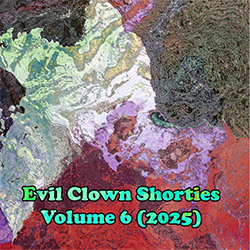
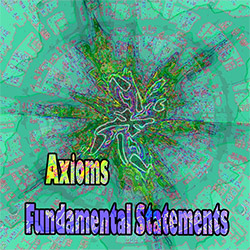
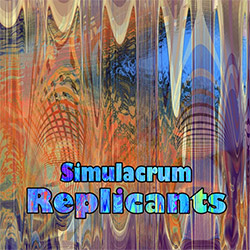
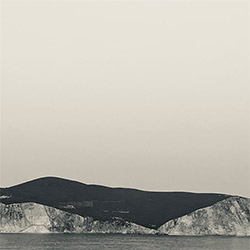
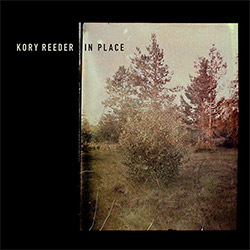
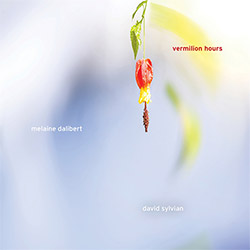
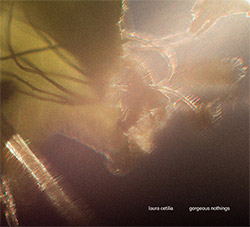
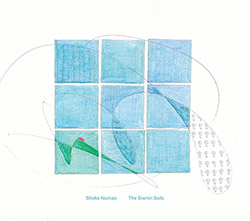
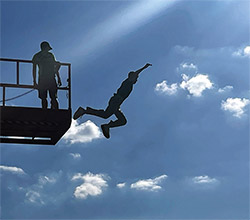
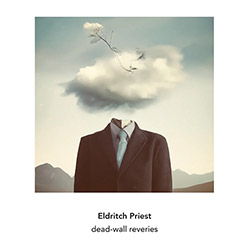
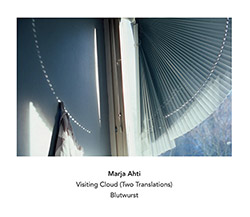
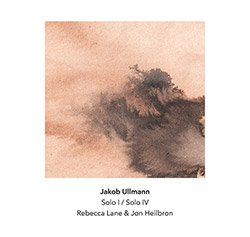
![Agnel, Sophie: Learning [VINYL]](https://www.teuthida.com/productImages/misc4/36841.jpg)
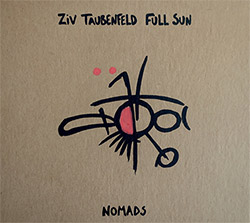
![Monaco, Amanda (w/ Michael Attias / Sean Conly / Satoshi Takeishi) : Deathblow [VINYL+ DOWNLOAD]](https://www.teuthida.com/productImages/misc4/36956.jpg)
![Frey, Jurg with ensemble]h[iatus: Je Laisse A La Nuit Son Poids D](https://www.teuthida.com/productImages/misc4/36988.jpg)
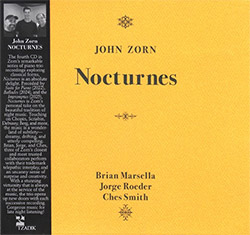
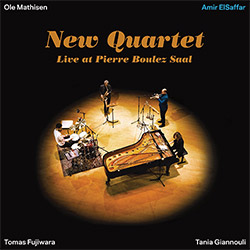
![ElSaffar, Amir / New Quartet : Live at Pierre Boulez Saal [VINYL]](https://www.teuthida.com/productImages/misc4/36830.jpg)

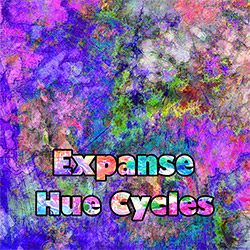
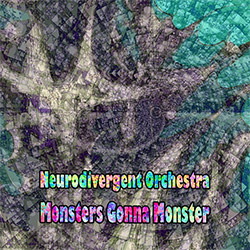
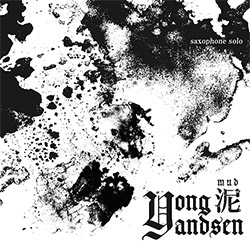
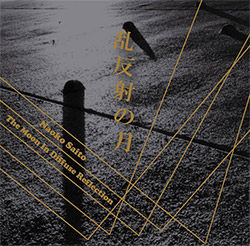
![Musicworks Magazine: #152 Fall 25 [MAGAZINE + CD]](https://www.teuthida.com/productImages/misc4/37004.jpg)
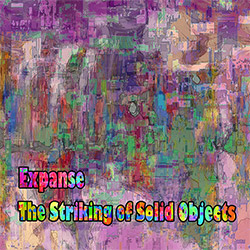

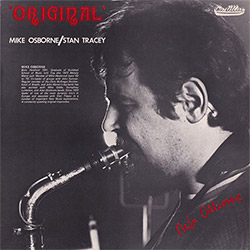
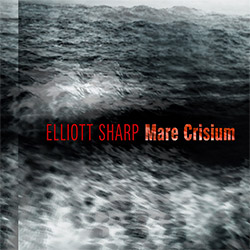
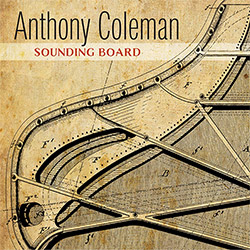
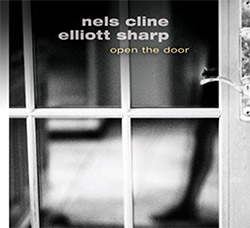
![[ahmed] (Thomas / Grip / Gerbal / Wright): Sama](https://www.teuthida.com/productImages/misc4/36976.jpg)
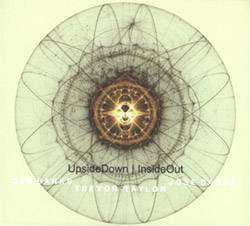
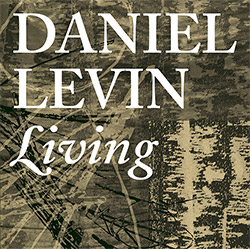
![Cleaver, Gerald / Brandon Lopez / Hprizm: In The Wilderness [COLOR VINYL]](https://www.teuthida.com/productImages/misc4/33060.jpg)
![McPhee, Joe : Defiant Jazz: a Joe McPhee Taster [VINYL]](https://www.teuthida.com/productImages/misc4/36859.jpg)
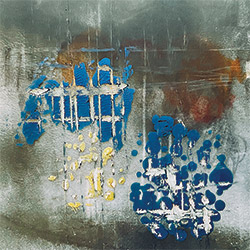
![Mateen, Sabir / Patrick Holmes / Federico Ughi : Survival Situation [LTD VINYL LP + DOWNLOAD]](https://www.teuthida.com/productImages/misc4/29891.jpg)
![Tucker, Dave / Pat Thomas / Thurston Moore / Mark Sanders: Educated Guess Vol. 1 [COLORED VINYL]](https://www.teuthida.com/productImages/misc4/30183.jpg)
![Sarian, Michael / Matthew Putman: A Lifeboat (Part I) [COLORED VINYL]](https://www.teuthida.com/productImages/misc4/30426.jpg)
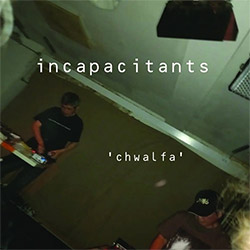
![Genthon, Anouck / Lionel Marchetti: Suite Blanche [2 CDs]](https://www.teuthida.com/productImages/misc4/36642.jpg)
![Toeplitz, Kasper T.: Erosions Programmees [CD + BOOKLET]](https://www.teuthida.com/productImages/misc4/36639.jpg)
![Gate, The : Amost Live [CASSETTE + MAGAZINE]](https://www.teuthida.com/productImages/misc4/36836.jpg)
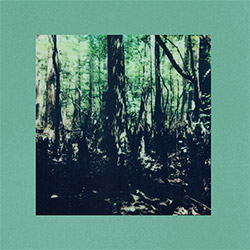
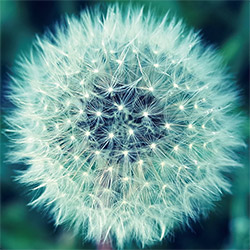
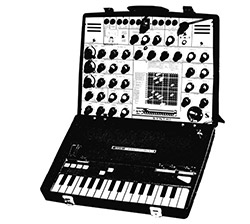
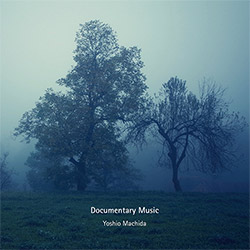
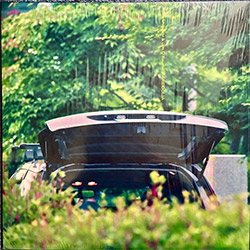
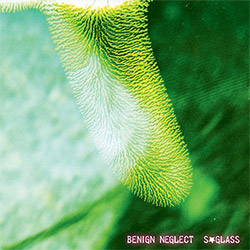
![A Magic Whistle: The Solar Cell [VINYL]](https://www.teuthida.com/productImages/misc4/36658.jpg)
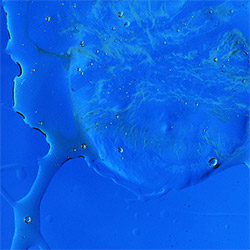
![McGee, Hal: Columbus Expedition [Cassette w/ Download]](https://www.teuthida.com/productImages/misc4/36650.jpg)
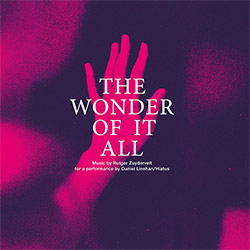
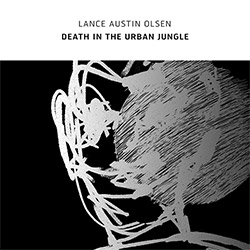
![Jaeger, Kassel: Fernweh [VINYL 2 LPs]](https://www.teuthida.com/productImages/misc4/36541.jpg)
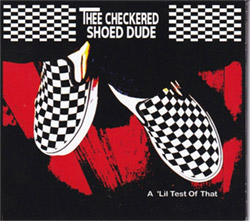
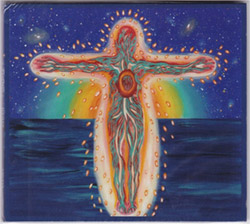
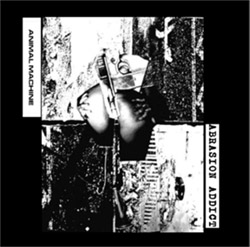

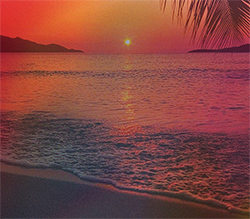
![+DOG+: The Light Of Our Lives [2 CDs]](https://www.teuthida.com/productImages/misc4/36009.jpg)
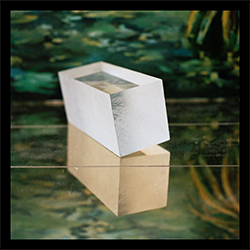

![Eternities: Rides Again [CASSETTE]](https://www.teuthida.com/productImages/misc4/36247.jpg)

![Lopez, Francisco: Untitled (2021-2022) [2 CDs]](https://www.teuthida.com/productImages/misc4/36438.jpg)

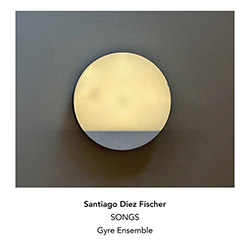
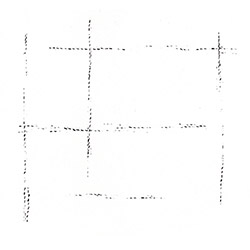
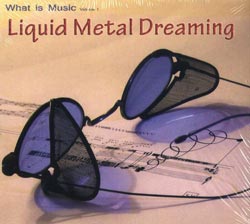

![Pisaro-Liu, Michael: Within (2) / Appearance (2) [2 CDs]](https://www.teuthida.com/productImages/misc4/36831.jpg)
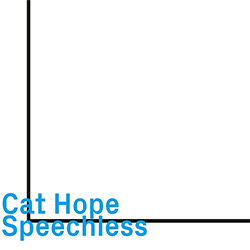
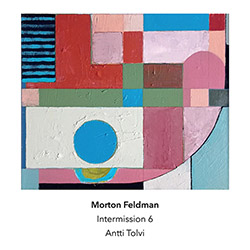
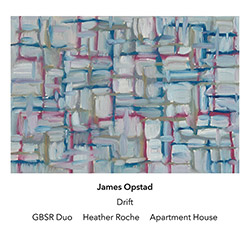
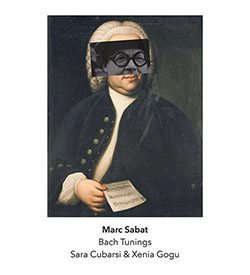
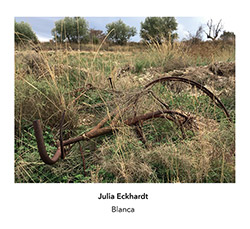
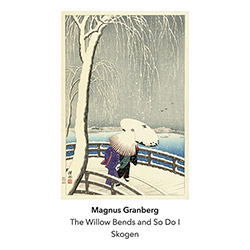
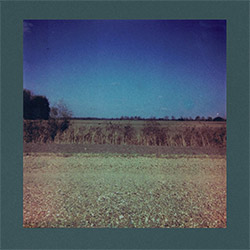
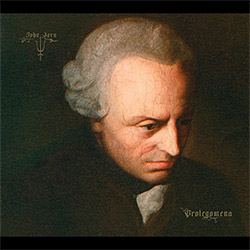
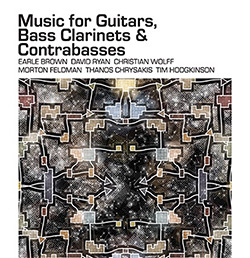
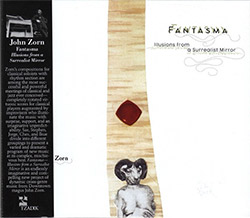
![Musicworks Magazine: #151 Summer 25 [MAGAZINE + CD]](https://www.teuthida.com/productImages/misc4/36559.jpg)

![Brown, Dan / Dan Reynolds: Live At The Grange Hall [unauthorized][CASSETTE]](https://www.teuthida.com/productImages/misc4/36245.jpg)


![Zorn, John: The Song of Songs [CD + CD BOOK]](https://www.teuthida.com/productImages/misc4/36923.jpg)
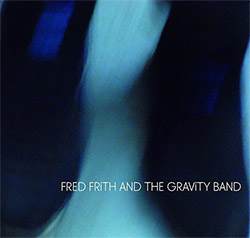
![Coultrain: Mundus [COLORED VINYL]](https://www.teuthida.com/productImages/misc4/33056.jpg)
![Hprizm: Signs Remixed [COLORED VINYL]](https://www.teuthida.com/productImages/misc4/30635.jpg)
![Halls Of the Machine: All Tribal Dignitaries [CASSETTE w/ DOWNLOAD]](https://www.teuthida.com/productImages/misc4/36134.jpg)
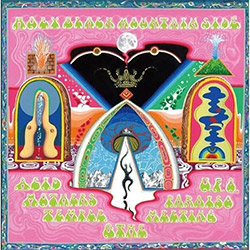
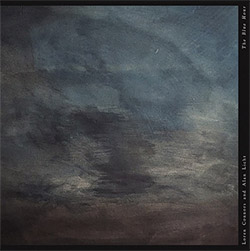
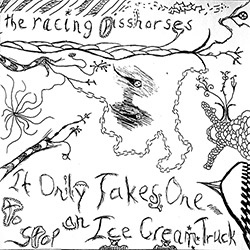
![Koenjihyakkei: Live at Club Goodman [2 CDs]](https://www.teuthida.com/productImages/misc4/36111.jpg)

![Sorry For Laughing (G. Whitlow / M. Bates / Dave-Id / E. Ka-Spel): Rain Flowers [2 CDS]](https://www.teuthida.com/productImages/misc4/35985.jpg)

![Rolando, Tommaso / Andy Moor : Biscotti [CASSETTE w/ DOWNLOADS]](https://www.teuthida.com/productImages/misc4/36106.jpg)


![Electric Bird Noise / Derek Roddy: 8-10-22 [CD EP]](https://www.teuthida.com/productImages/misc4/35970.jpg)








![Elephant9 : Mythical River [VINYL]](https://www.teuthida.com/productImages/misc4/34624.jpg)



![Elephant9 with Terje Rypdal: Catching Fire [VINYL 2 LPs]](https://www.teuthida.com/productImages/misc4/35355.jpg)
![Coley, Byron: Dating Tips for Touring Bands [VINYL]](https://www.teuthida.com/productImages/misc4/17906.jpg)

![Lost Kisses: My Life is Sad & Funny [DVD]](https://www.teuthida.com/productImages/misc4/lostKissesDVD.jpg)